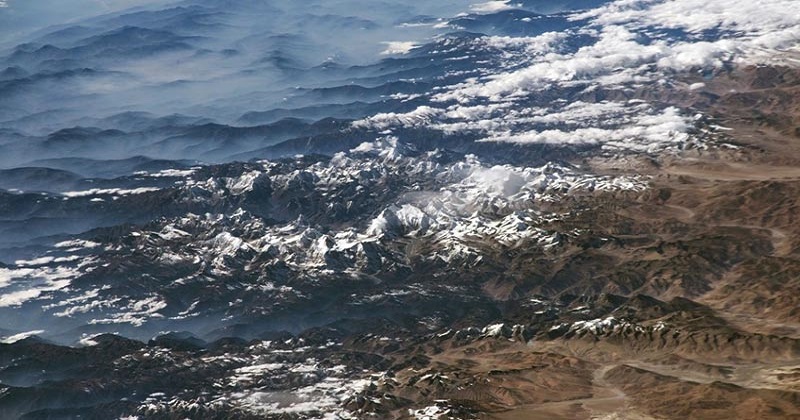
The greatest peak of the Himalayan range, Mount Everest, is at 8,848 metres, but there were more ranges that spread throughout the continent. These mountain ranges, which are longer than the Himalayas, aided in the evolution of the globe. The formation of these supermountains has been studied throughout the history of Earth.
They formed twice in Earth’s history, the first between 2,000 and 1,800 million years ago and the second between 650 and 500 million years ago, stretching up to 8,000 kilometres across and nearly four times the length of the present-day Himalayan ranges (2,300 kilometres). Researchers think there are connections between these two supermountain occurrences and Earth’s two most crucial evolutionary phases.
Researchers utilised traces of zircon with low lutetium concentration — a mix of mineral and rare earth elements exclusively found in the roots of high mountains where they develop under great pressure — to identify these formations in a study published in the journal Earth and Planetary Science Letters.
There is no evidence of any additional supermountains growing between these two periods, which makes them all the more remarkable. Ziyi Zhu, a PhD student at the Australian National University and the paper’s primary author, stated, ‘There’s nothing like these two super mountains today. It’s not just their height – if you can imagine the 2,400 km long Himalayas repeated three or four times you get an idea of the scale’.
Also Read: Potentially dangerous giant asteroid to fly by Earth on March 4
Nuna Supermountain is the name given to the earliest supermountains, which are thought to have appeared about the same time as eukaryotes, the creatures that subsequently gave rise to plants and animals. The Transgondwanan Supermountain, which originated between 650 and 500 million years ago, corresponds to the arrival of the first giant creatures and the Cambrian explosion 45 million years later when most animal groups emerged in the fossil record.
According to the researchers, as mountains eroded, they gave vital nutrients to the oceans such as phosphorus and iron, supercharging biological cycles and propelling evolution to higher complexity. The supermountains may have also increased the amount of oxygen in the atmosphere, which is required for sophisticated life to breathe. The lack of these super mountains is thought to have caused a reduction in the rate of evolution on the planet between 1,800 and 800 million years. The Boring Billion is the name given to this time period.
The unexpected finding may provide important details about the evolution of our planet and life as we know today.

Post Your Comments